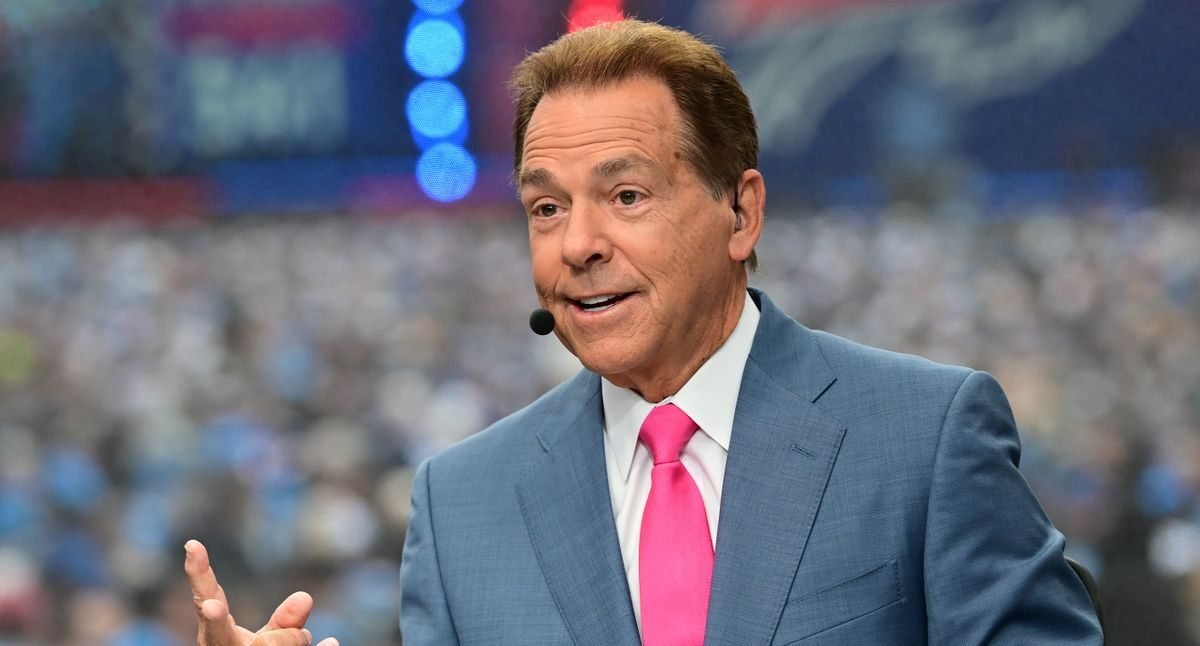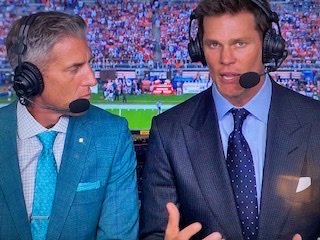December sports ritual: New coaches, media figure each other out
/Bill Belichick was friendly with the North Carolina media, at least on Day 1 (UNIVERSITY OF NORTH CAROLINA ATHLETICS PHOTO)
Watch for a spectacular culture clash between the University of North Carolina’s new head football coach, the famously media-unfriendly Bill Belichick, and the UNC sports media, including student reporters from one of the nation’s best journalism programs. Maybe Belichick’s brief time working in the media this year will change him, but I doubt it.
Part of the annual December “coaching carousel” in college football is figuring out what media relations will be like. On one side, sports information directors let their new coaches know who the favored and disfavored reporters on the beat are. On the other side, beat reporters are talking to beat reporters from wherever the new coach came to assess the friendliness/hostility level they can expect.
Of interest are the coach’s media access policies* – to the coach, to assistants and players, to practice. These are rooted in the coach’s personality, including how paranoid he is, and in his view of the media’s role. Some see the press as irrelevant and annoying, perhaps even as an uncontrollable threat to disrupt the program. Others see it as a good way to communicate with fans, donors, recruits and even their own players. Some like the personal reputation they can build, too.
Sometimes things get out of hand. Last year, in his first year, University of Colorado football coach Deion Sanders called out Colorado sports writers for insufficient positivity about him and the team. I think even Deion knows that’s not their job. Earlier this year, Sanders put out a public statement that he would no longer answer questions from a Denver Post columnist because of “personal attacks” on him. He could have just done that quietly, but the statement served the real purposes of an attempted flaunt of power and of bringing attention to himself.
Last year, USC football coach Lincoln Riley took away a writer’s access to the team for two weeks because the writer reported on a conversation between two players while in an approved media area and also asked a followup question after a press conference had concluded. How dare that reporter engage in basic journalism. Alabama Media Group’s Kevin Scarbinsky called it “a wild, thin-skinned overreaction.”
No equivalent cases happened during Nick Saban’s time at Alabama that I know of, but he certainly acted the ruffian toward the local and state reporters. I wondered if things got any better in Kalen DeBoer’s first year this year. A couple of the UA beat journalists said yes. Much.
In policy, DeBoer differs from Saban in that coordinators and assistant coaches are available weekly rather than off limits during the regular season, according to Nick Kelly of AL.com. And it’s now possible to interview freshmen, which turns out to be a big deal because of the newsworthiness of first-year players Ryan Williams and Zabien Brown. There’s also more media viewing allowed during fall camp.
Unlike Saban, DeBoer is willing to do one-on-one interviews “with pretty much anyone who requests one,” Katie Windham of BamaCentral wrote in an email. “With Saban it was pretty much ESPN or no one.” Reporters appreciate one-on-one interviews as chances to do distinctive work in a highly competitive market where it’s often hard to break from the pack.
Kalen DeBoer's media rules differ greatly from Nick Saban's. (UNIVERSITY OF ALABAMA ATHLETICS PHOTO)
In one regard, Windham pointed out, Saban was more accessible because he did two press conferences per week while DeBoer does one. Those press conferences have changed dramatically, Kelly said.
“Any time Saban spoke, a rant was possible,” Kelly wrote in an email. “And you didn't know if your question was going to be the one to set him off. That's not the case with DeBoer. We have yet to get a rant from DeBoer, and I'm not sure we ever will. That's not his style. He's pretty even keel.”
Windham agrees. “I honestly can't even remember a time that he's been visibly angry with a question. If he doesn't like something that was asked, he'll say some words, but not really answer the question. I think DeBoer sees more value in the local media than Saban did and actually wants to help.”
Yes, some coaches do want to help. And some do not. It makes December job changes impactful not just for fans but also for the reporters whose ability to do their jobs might go way up or, unfortunately, way down.
*I think athletics directors should set a consistent media policy for all their sports but that’ll never happen.


















